When you walk down the cosmetics aisle, it’s hard to miss all the little bunny logos and “cruelty-free” icons on labels. They tug at your heart (because who doesn’t love the idea of protecting animals?) and they often influence buying decisions. But here’s the thing: not every bunny logo means what you might think it does.
Some of those logos represent a real certification from a recognized third-party organization. Others are just cute graphics a brand whipped up in Canva to make their product look more ethical. And that’s where we run into problems—because the difference matters. A lot.
The Real Deal: Third-Party Certification
Let’s start with the real thing. In a true third-party certification program, the company must meet certain standards which are certified by a third-party (someone other than themselves). All certification programs publish their standards, so when someone sees the logo (whether it’s cruelty free or some other certification program) they can find out exactly what that certification means. For example, did the company or product have to meet some standard … or did they just have to pay a fee to use the logo … or both?
There are two well-established cruelty-free certification programs out there. In order to use any of these logos (which are trademark protected) you must have permission (which means signing up and usually paying a fee).
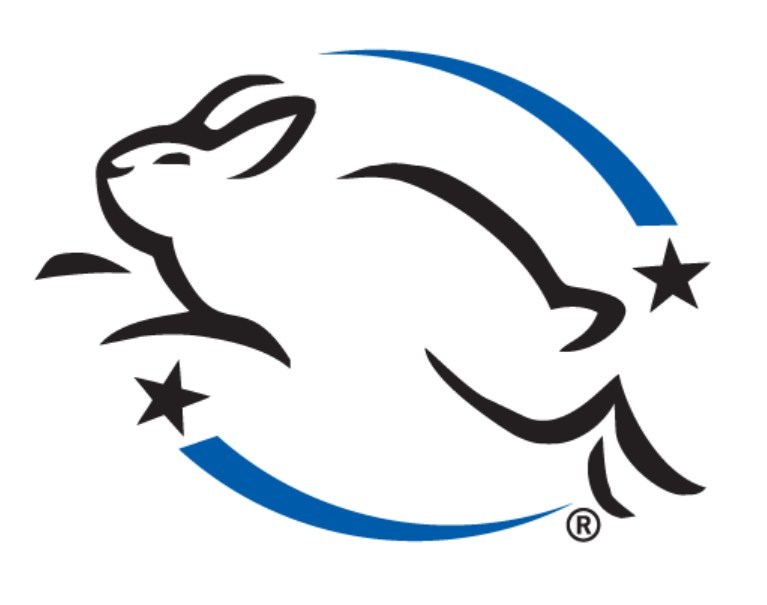
Leaping Bunny
The most recognized is Cruelty Free International‘s Leaping Bunny Program It’s been around since the 1990s. Leaping Bunny isn’t just a logo; it’s a system of accountability.
Companies that want to be listed on the Leaping Bunny website have to pay a fee and through a verification process. There is an extra fee to be allowed to use that little leaping rabbit on their packaging.
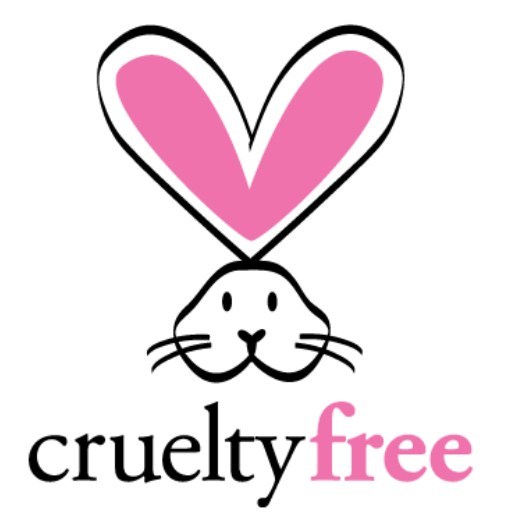
Beauty Without Bunnies
Another common program is PETA’s “Beauty Without Bunnies.” It works a little differently—the brand signs an assurance that neither they nor their suppliers test on animals, and then they pay a fee to license the logo.
It’s still a program with requirements, though it’s generally considered a bit less rigorous than Leaping Bunny.
Either way, using one of these logos legitimately will make your customers feel confident that there’s some oversight behind the claim.
The Other Kind: Self-Made Bunny Icons
Now let’s talk about the other kind of logo—the one a brand just made up. It might look official, but in reality, it’s just marketing art. There’s no third-party review, no verification, and no outside accountability.
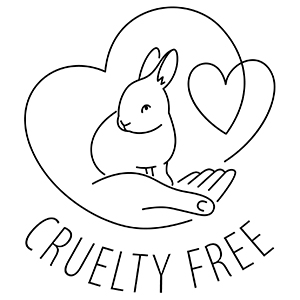
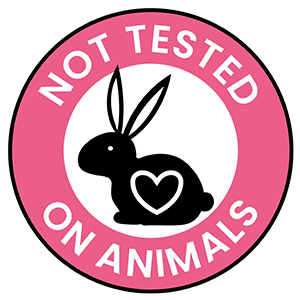
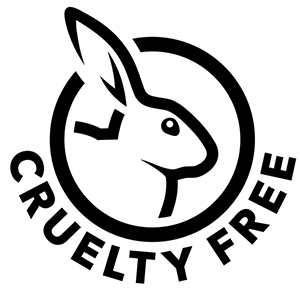
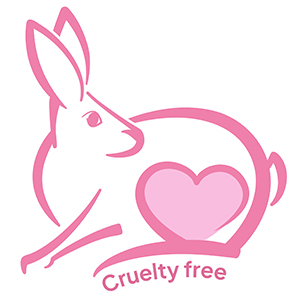
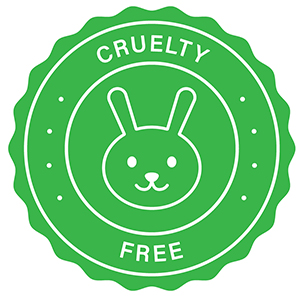
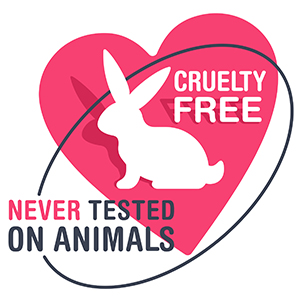
That doesn’t necessarily mean the company isn’t cruelty-free. They might genuinely never test their products or ingredients on animals. But when they create their own “seal” or design a bunny that looks like a certification, it can easily mislead consumers into believing there’s outside verification when there isn’t.
And that’s not just a bad idea—it’s potentially deceptive and illegal. The Federal Trade Commission (FTC) has rules (called the Green Guides) that say you can’t imply third-party certification if you don’t actually have it. Creating a logo that looks like a certification seal is exactly the kind of thing that gets companies into hot water with regulators.
And note – it also applies if all you do is pay to use the logo when you weren’t actually certified for anything (other than your credit card number).
The FTC is pretty clear: if you say or imply that your product is certified or verified by an independent organization, you’d better be able to prove it. That means if you use a real certification logo, you must have met their requirements. If you just design your own “official-looking” mark, you’re at risk of crossing the line into false advertising.
You can, of course, just say your product is “cruelty-free” (no implication that you got certified by someone). In that case, the FTC says you must have evidence to back it up. The proof can be as simple as your own records of product development and production; it doesn’t have to be complicated.
What “Cruelty-Free” Really Means (and Why You Should Define It)
One of the biggest challenges is that there’s no legal definition of “cruelty-free” in the U.S. The FDA even says so on their website. That means companies can use the term in different ways. Does it mean the final product wasn’t tested on animals? That the ingredients weren’t tested either? That the suppliers follow the same rules? Without clarification, the phrase can be vague and even misleading.
Keep in mind that nearly ALL cosmetic ingredients HAVE BEEN TESTED ON ANIMALS at some point. That includes “natural” ingredients such as oils, butters, and some essential oils.
If you’re going to make cruelty-free claims, you should explain what you mean (which is probably that your PRODUCT hasn’t been tested, not that the INGREDIENTS haven’t been tested.
- “This product has not been tested on animals.”
- “We do not conduct animal testing on our finished products.”
That level of clarity makes your claim more credible—and keeps you out of trouble.
The Bigger Picture: State Laws Are Changing
Another piece of the puzzle is state law. Right now, twelve U.S. states have passed laws banning the sale of cosmetics tested on animals: California, Hawai‘i, Illinois, Louisiana, Maine, Maryland, Nevada, New Jersey, New York, Oregon, Virginia, and Washington. In most cases, they apply to cosmetics developed or marketed after the effective date of the legislation.
Some of those laws are already in effect, others are still phasing in, but the trend is clear: more and more states are moving away from animal-tested cosmetics.
Wrapping It All Up
Here’s the bottom line: if you’re going to use a cruelty-free logo, make sure you understand what it means. Real certification logos like Leaping Bunny or PETA’s bunny are legitimate—but they require you to meet their standards. If you make up your own logo, don’t design it in a way that looks like official certification. That’s misleading, and the FTC frowns on it.
And if you claim “cruelty-free” without certification? Be transparent, define your terms, and keep your proof handy. It’s better to be clear and honest than to risk being deceptive—even unintentionally.
Consumers are paying attention. They want the truth. And building trust is always better than putting a bunny logo on your label that doesn’t mean anything.


Leave a Reply